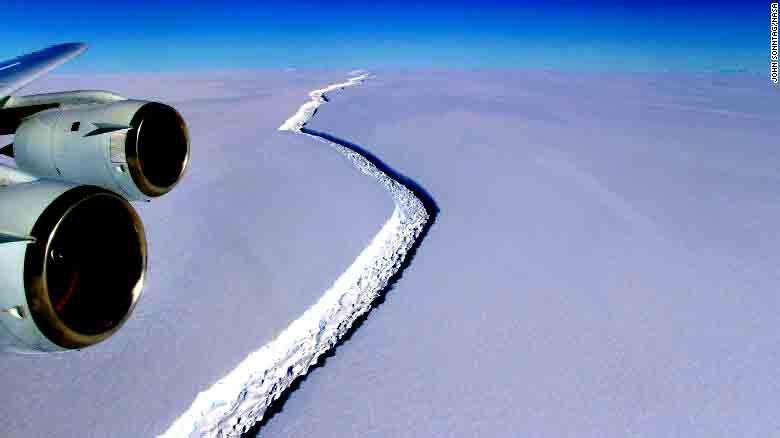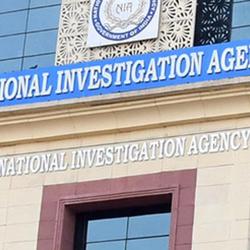Four years back, on 9th March, I watched in awe at the remnants of the Larsen B ice shelf, massive tabular icebergs that we passed at the Antarctic Sound. A small group had braved the numbing cold to gather on the top deck of the Sea Spirit at 7 AM for the Iceberg Ceremony. Legendary explorer Robert Swan, the first man to walk to both the poles was the leader of the International Antarctic Expedition 2013. He voice was barely audible in the howling wind, “Back in 2002, most people did not believe in climate change. When it started to collapse, scientists said it will take a long time, but after the cracks were first noticed, it went very fast and collapsed in less than 4 weeks. Throughout the day you will see these icebergs where they should not be. Now, you have seen climate change impacts already happening here, you must help spread the word and ensure the world leaders take decisive action before it is too late.”

My mind went back to those magical moments when I first read about the Larsen C collapse. Although long anticipated, this week will be remembered for the eventual collapse of the fourth largest ice shelf in Antarctica. Continuous media coverage on the widening rift on Larsen C had fuelledwidespread interest, especially with the size of the iceberg being compared to various countries and provinces in the months leading up to the final collapse. In spite of reports to the contrary, the collapse of ice shelves and calving of glaciers is a natural process that happens all the time and individual calving events cannot be immediately attributed to climate change.
However, the collapse of Larsen C does have implications and must be seen in conjunction with the disintegration of Larsen A, B and other ice shelves during the last two decades. The Larsen Ice Shelf is an elongated ice shelf extending along the east coast of the Antarctic Peninsula north of the Weddell Sea. It is named after Carl Anton Larsen the captain of a Norwegian whaling ship who sailed along the coast in 1893. The segments of the Larsen ice shelves from north to south are classified as A, B and C, and further south, Larsen D and the much smaller segments E, F and G.

Scientists studying the disintegration of the Larsen ice shelf since the 1990s describe unusual warming in the Antarctic Peninsula. The Larsen A collapsed in 1995 and the Larsen B in 2002, with 3250 km2 of the ice shelf breaking free and icebergs still adrift during my expedition 11 years later. The Wilkins Ice Shelf, on the western side of the Antarctic Peninsula, experienced multiple disintegration events in 2008 and 2009.According to a paper published in the Journal of Climate in 2006, the Faraday station recorded a 2.94 degrees Celsius increase in temperatures from 1951 to 2004, which was more than the warming recorded across the Antarctic continent and the global trend. The researchers also linked this localized warming to anthropogenic causes and changes in wind circulation.
Scientists already knew that about marine ice sheet instability in West Antarctica where warm water not only melts the vast glaciers from below, but alsothe process where glacial retreat on the downward slopes continually exposes more ice to melting. A study last year described additional connected processes that undermine these ice shelves. Warm air, rain and meltwater causes fissures on the ice shelves leading to crevassing and hydrofracturing, and eventually these break away, leaving vertical ice cliffs. Warm water continually erodes the base of glaciers, leading to the collapse of these unstable cliffs. Scientists are certain that these processes have destabilized several glaciers in Greenland.
The 5800 square kms iceberg created from the Larsen C collapse weighs over a trillion tons, but as ice shelves are floating structures on the sea, it’s melting will never cause any sea level rise. However, these ice shelves work as buttresses, blocking enormous amounts of ice in land-based glaciers, and scientists fear that their future collapse could dump enough ice into the ocean to raise the sea level by many feet.As Robert Swan has rightly said, “The Larsen C is Mother Nature's warning flag. It's her way of saying, 'Hey, pay attention to what you're doing to the planet we all live on.” Only time will tell if we heed this desperate call to action and save the future generations from catastrophic warming.
- 10770 reads










Add new comment